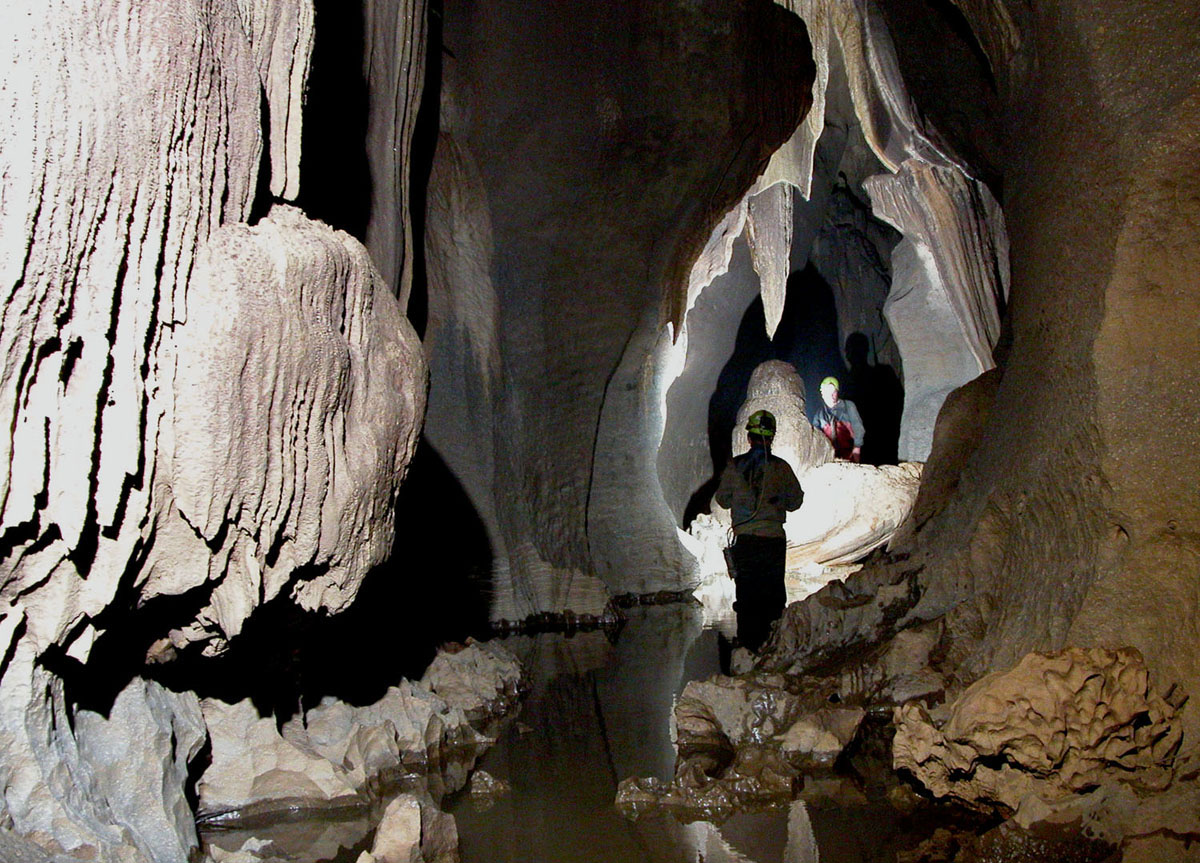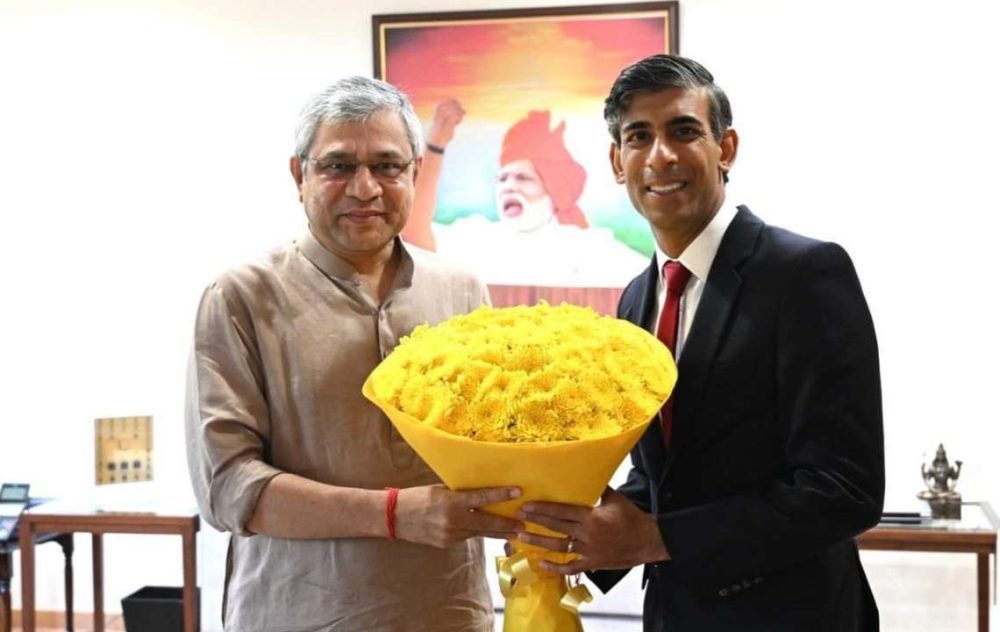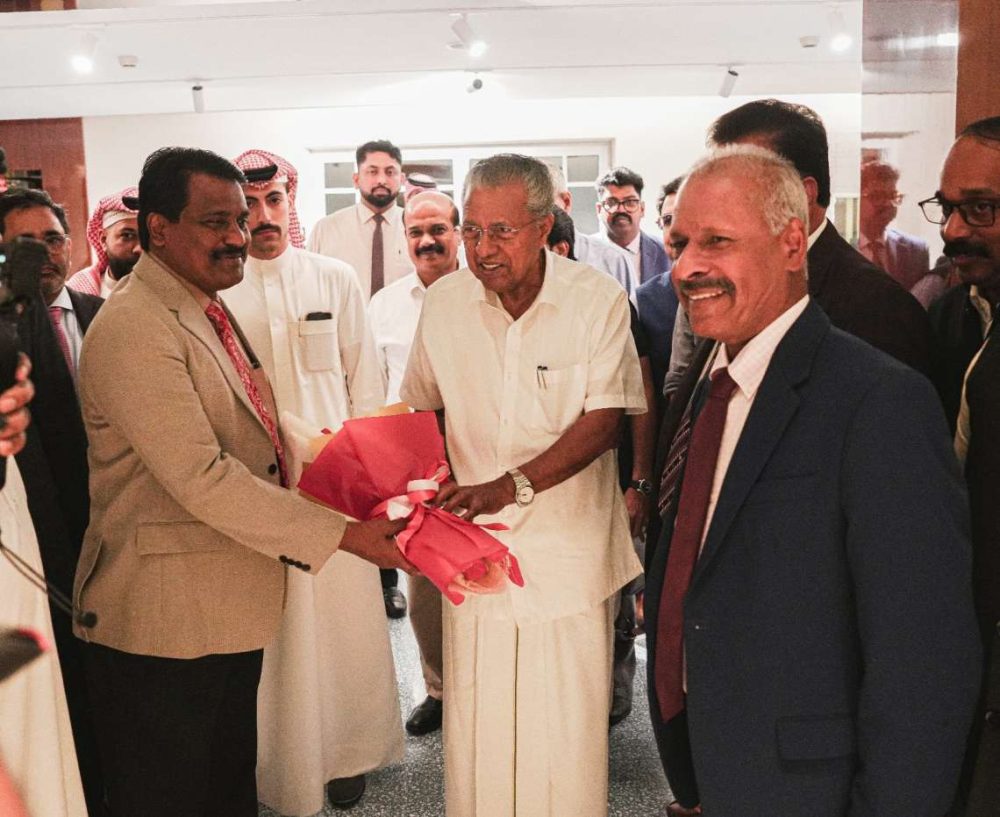Mawmluh cave, the first cave that was explored by a British official in 1844, is one of the prominent tourist destinations in northeastern India…writes Sujit Chakraborty
Meghalaya’s Mawmluh cave, which is one of longest in the Indian subcontinent, has been selected as one of the ‘First 100 IUGS Geological Sites’ in the world by the International Union of Geological Sciences (IUGS), officials said on Sunday.
Locally known as Krem Mawmluh, the 4,500-metre-long cave at Sohra in the East Khasi Hills District, is around 60 km from Shillong, and is known for its stalagmite structures and other rock formations.

Mawmluh cave, the first cave that was explored by a British official in 1844, is one of the prominent tourist destinations in northeastern India.
Officials said that there is a pool inside the cave, formed as a result of five different rivers finding their way inside it.
Since these caves are located in wet Sohra, some scientists are studying the stalagmites to help predict monsoon patterns and droughts.
Researchers from the US studied the cave for the past 50 years for growth of a stalagmite as it is in a region known for being the rainiest place on earth. Scientists found that there is an unusual connection between winter rainfall amounts in northeast India and climatic conditions in the Pacific Ocean, Meghalaya officials said.
They said that the ten longest caves in the country are all in Meghalaya.
These subterranean networks spread across the southern ranges like a complex network of routes formed by the erosion of limestone and unrelenting flow of water. Mawmluh offers a glimpse into this fascinating world underneath our feet.
Expressing his joy at the distinction, Meghalaya Chief Minister Conrad K. Sangma tweeted: “IUGS 60th Anniversary Event in Zumaia, Basque Coast UNESCO Global Geopark (Spain) will declare the First 100 IUGS Geological Heritage Sites selected from 181 candidate sites from 56 countries.
“Mawmluh Cave in Sohra, Meghalaya known for the ‘Meghalayan Age’ has been selected by the IUGS UNESCO as one of the ‘FIRST 100 IUGS GEOLOGICAL SITES’ in the world”.














